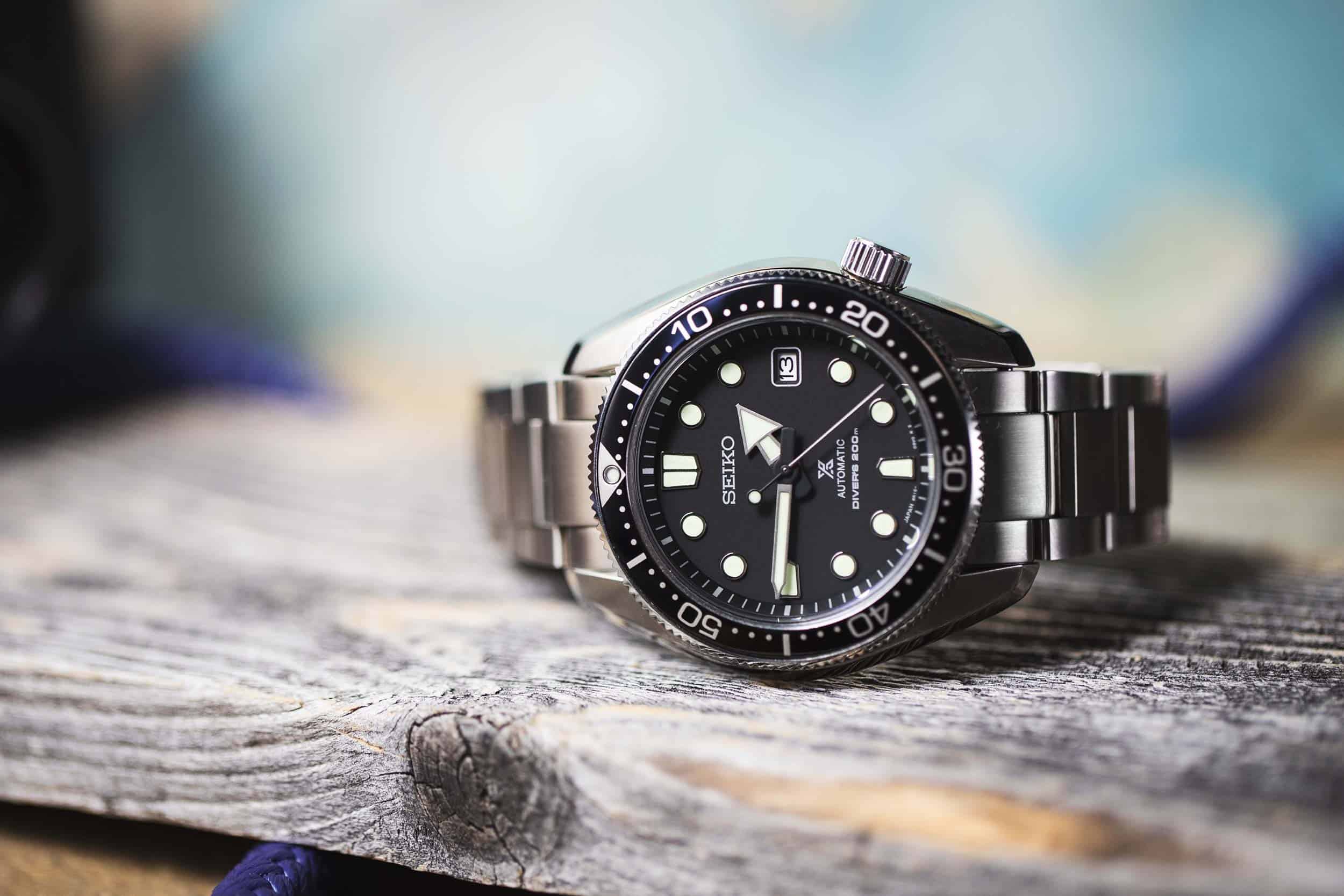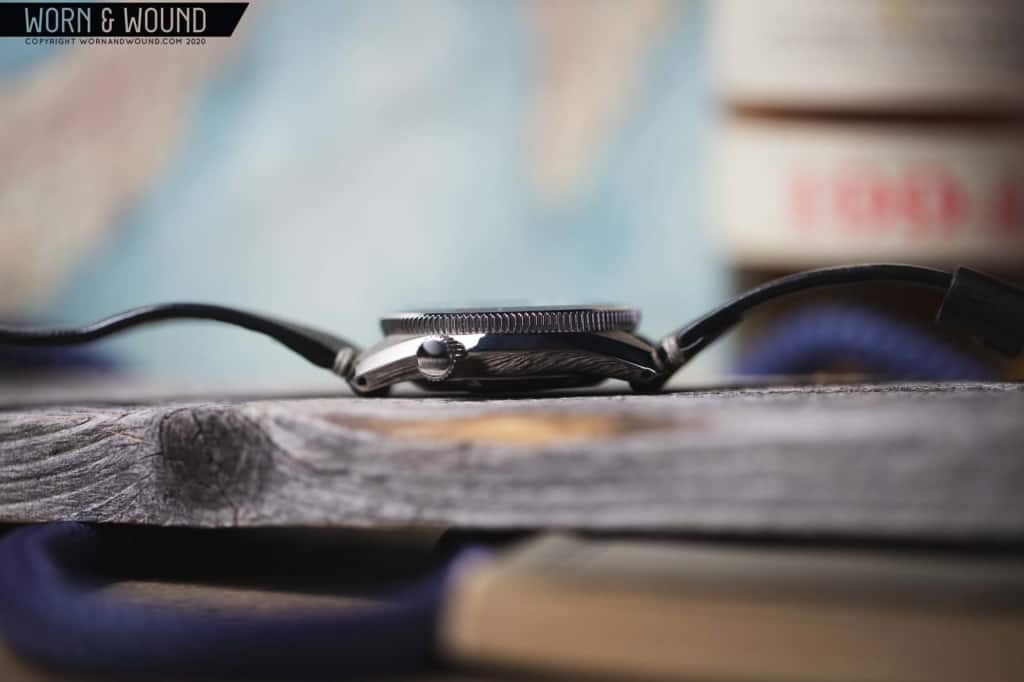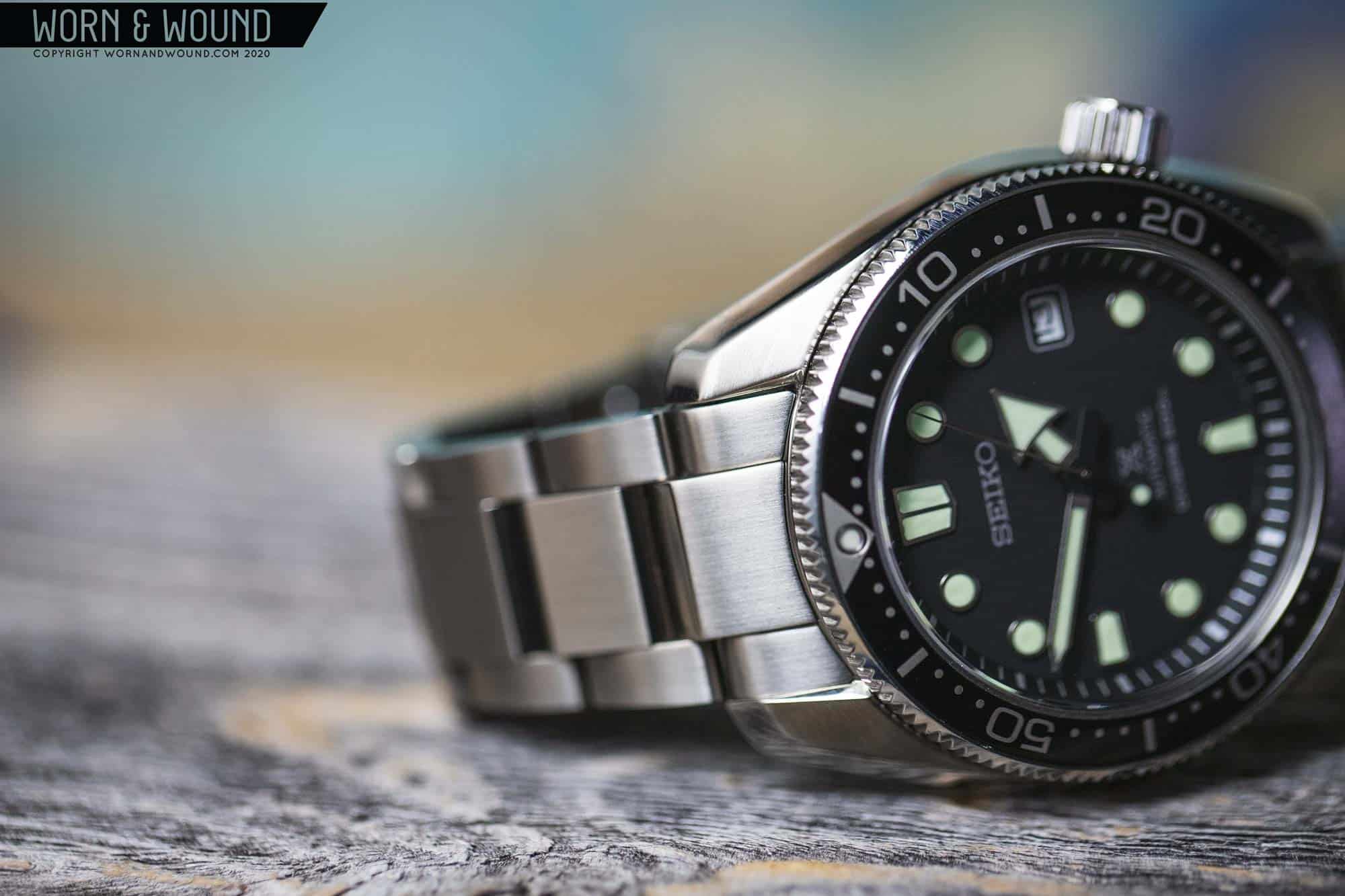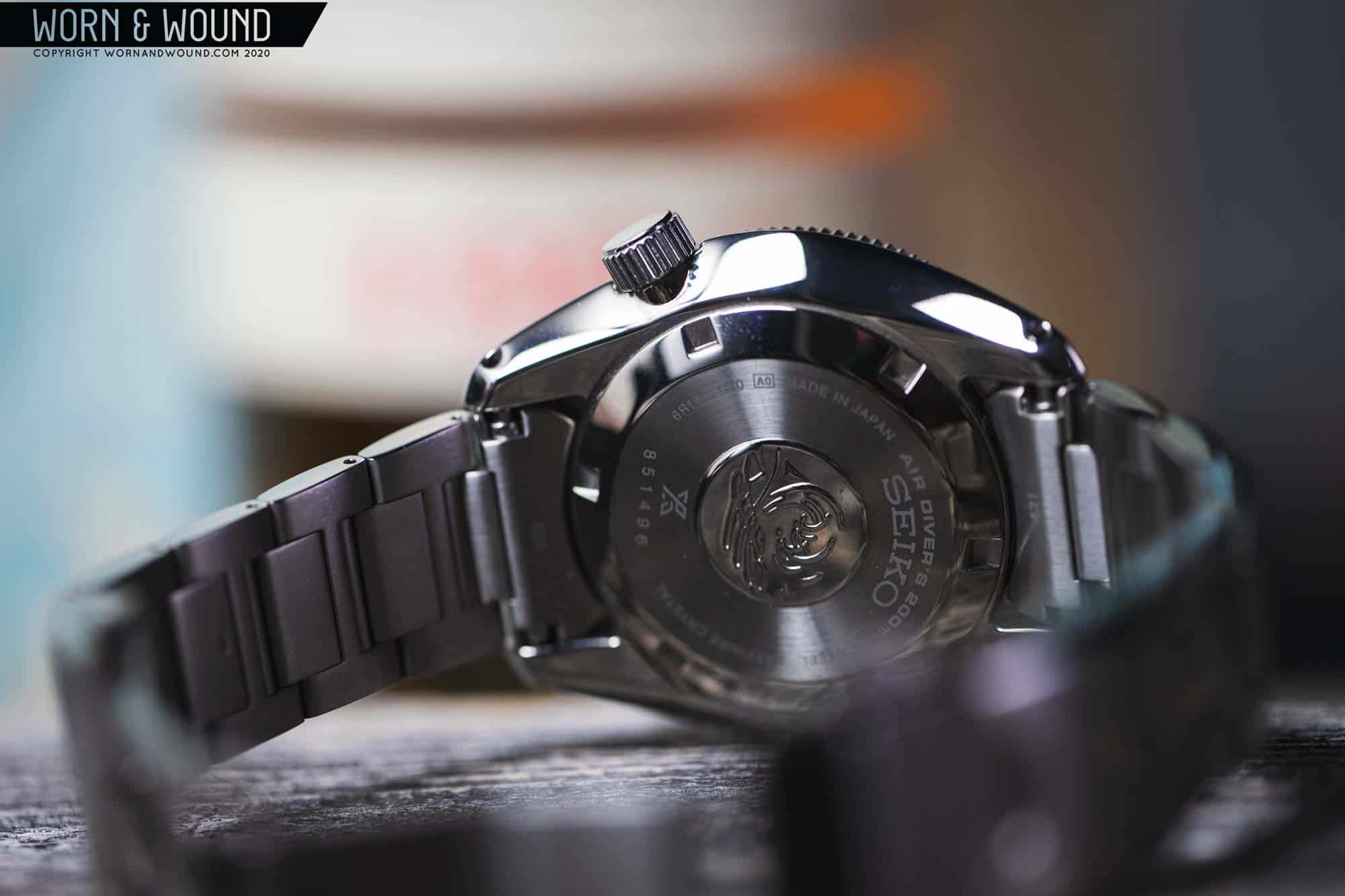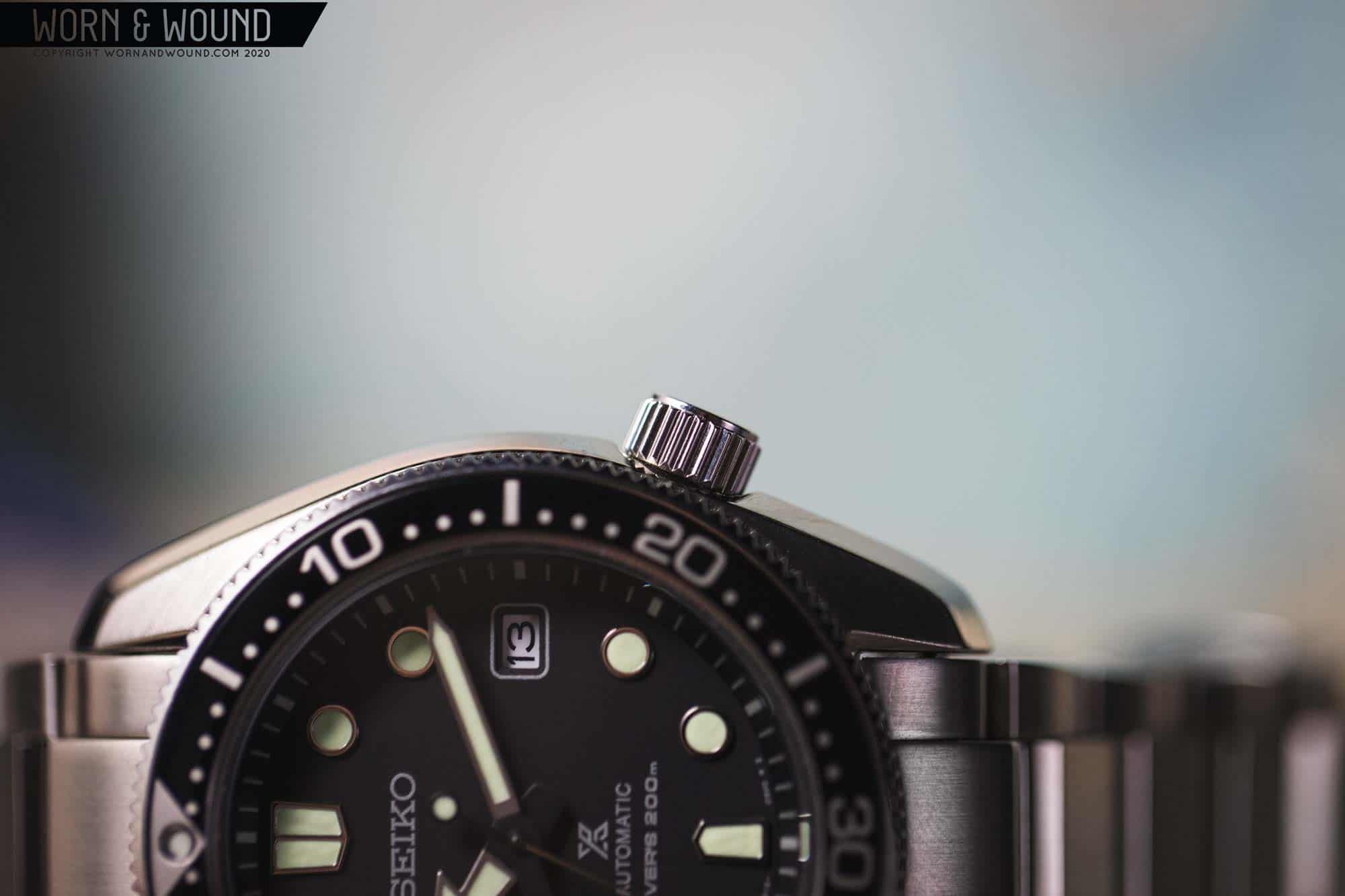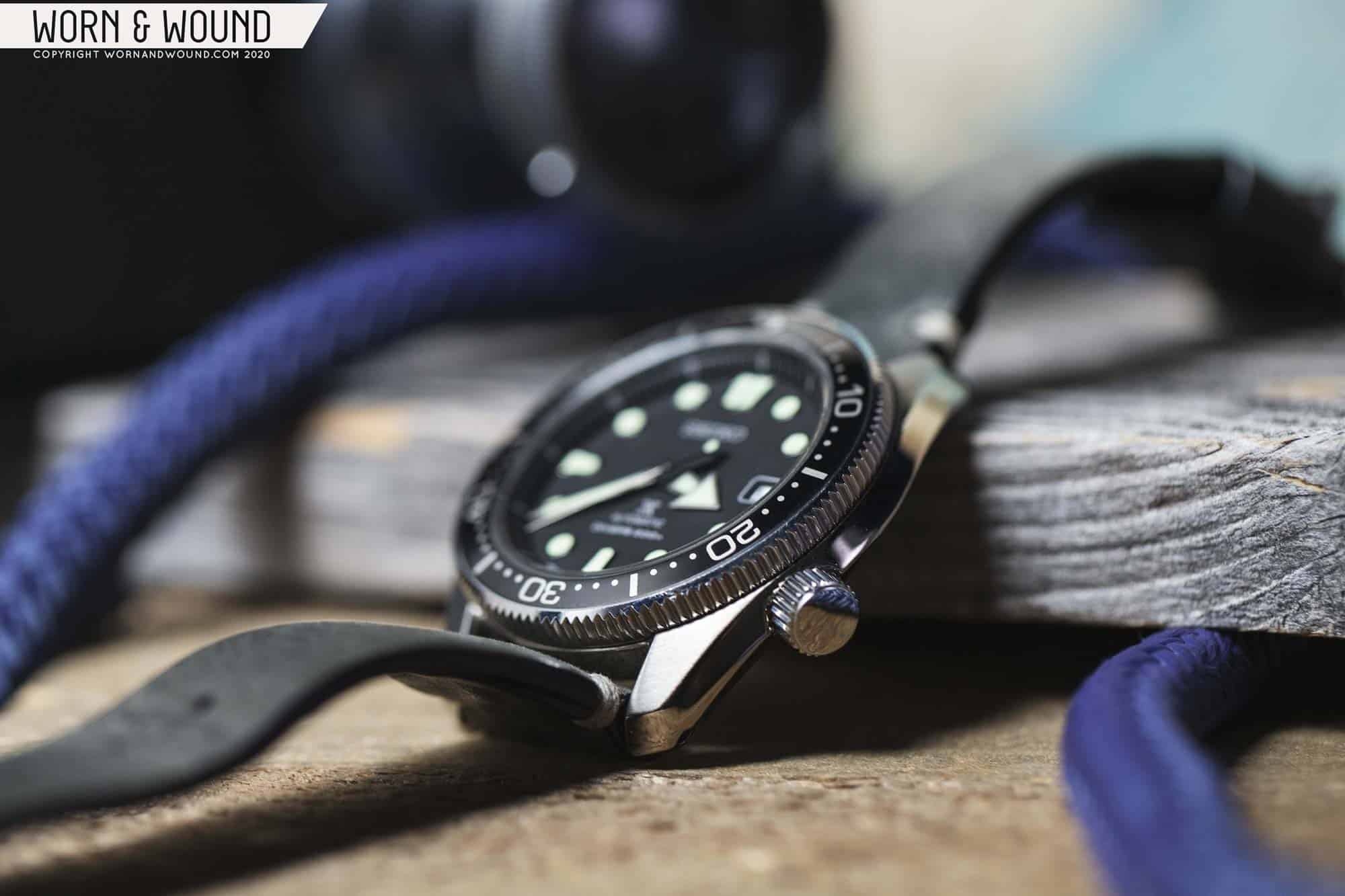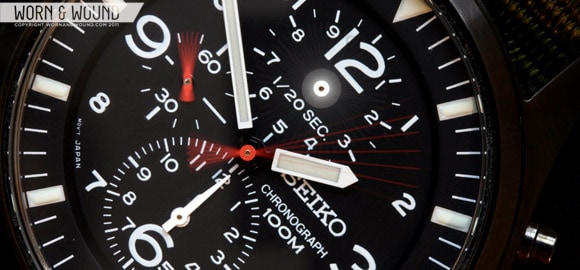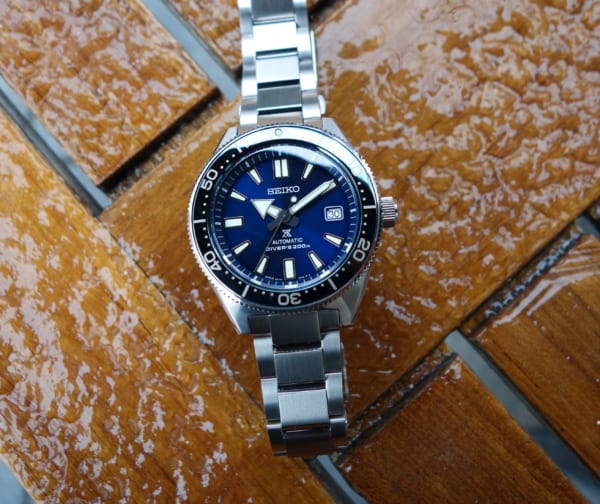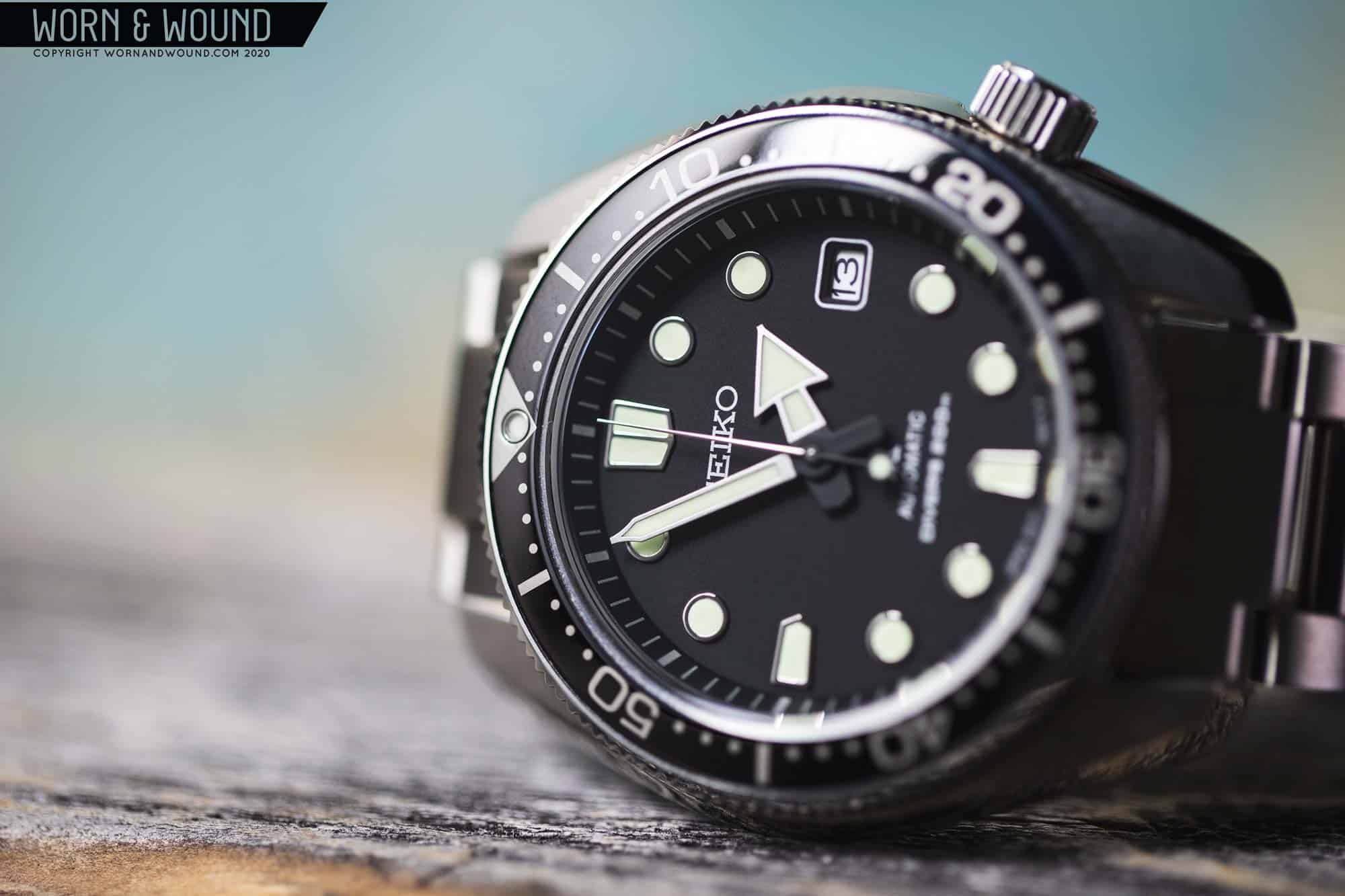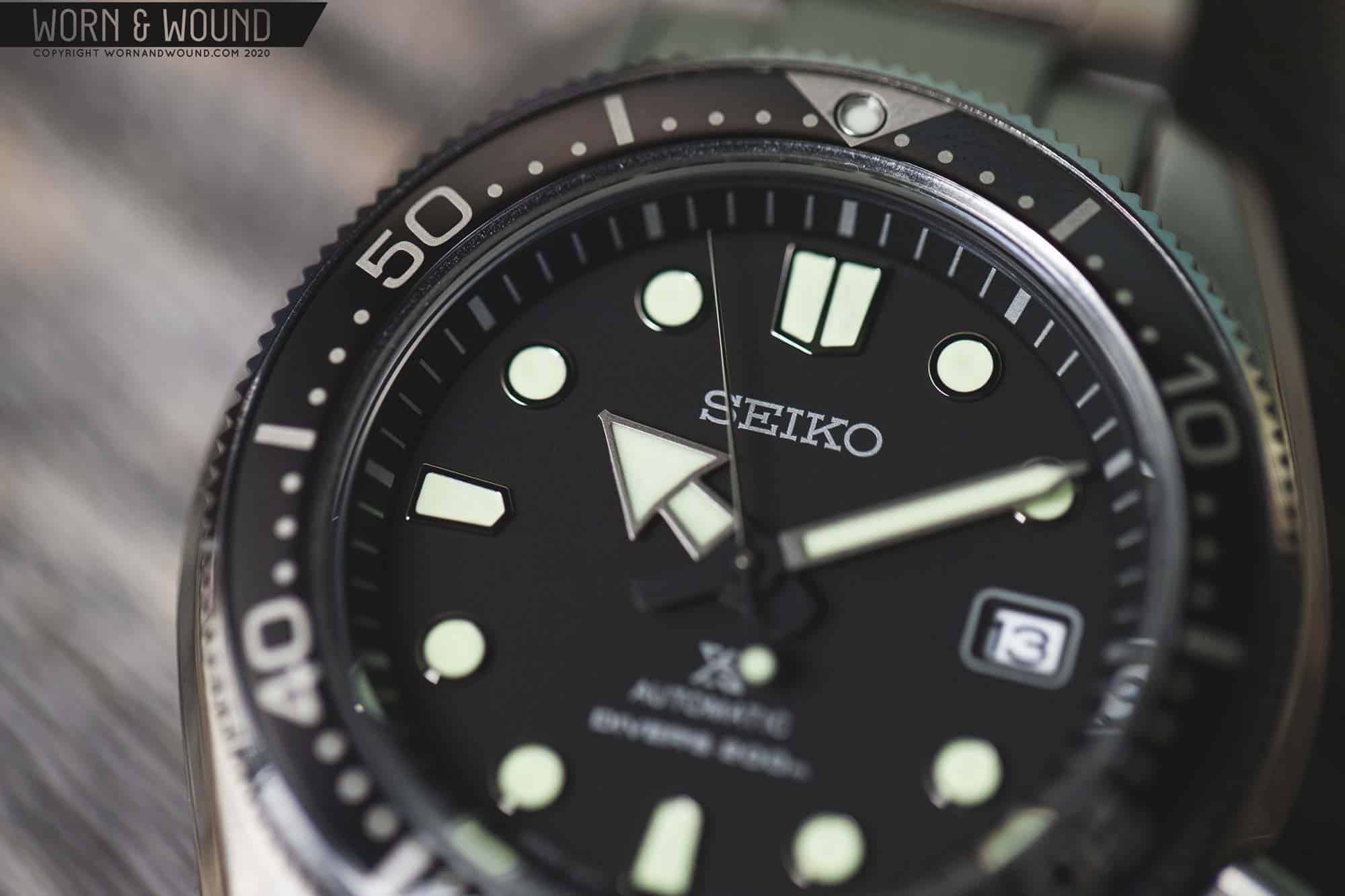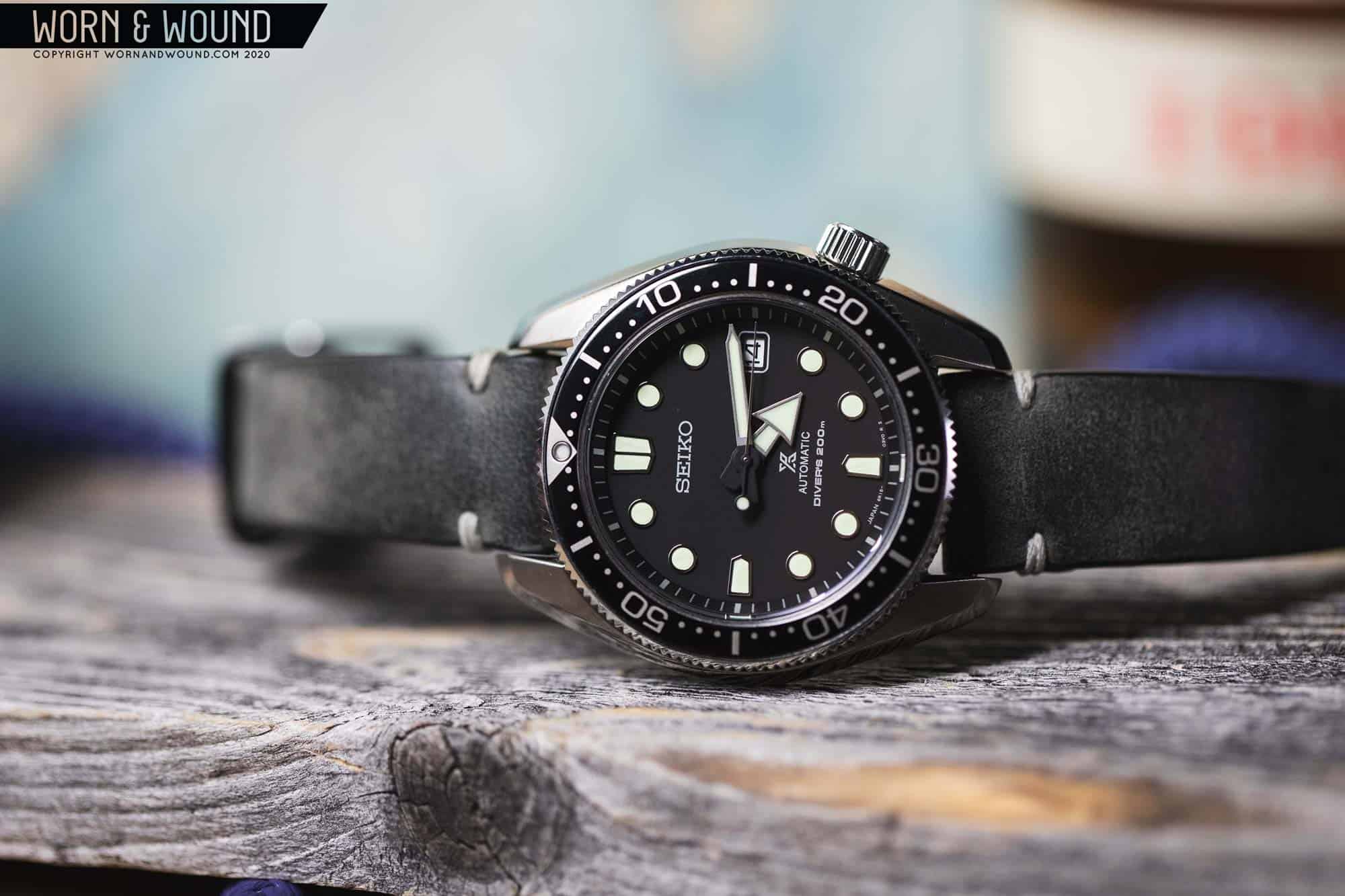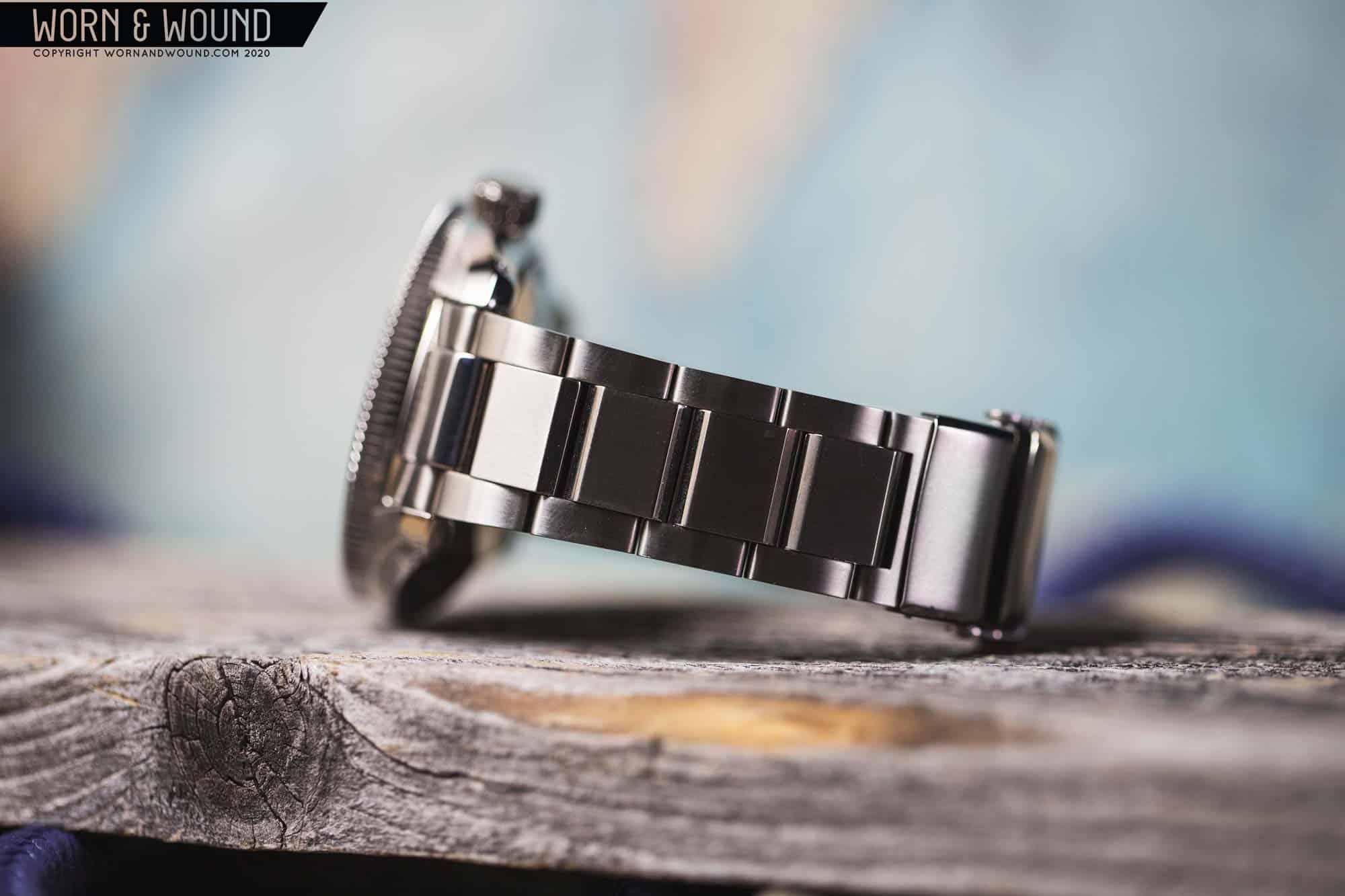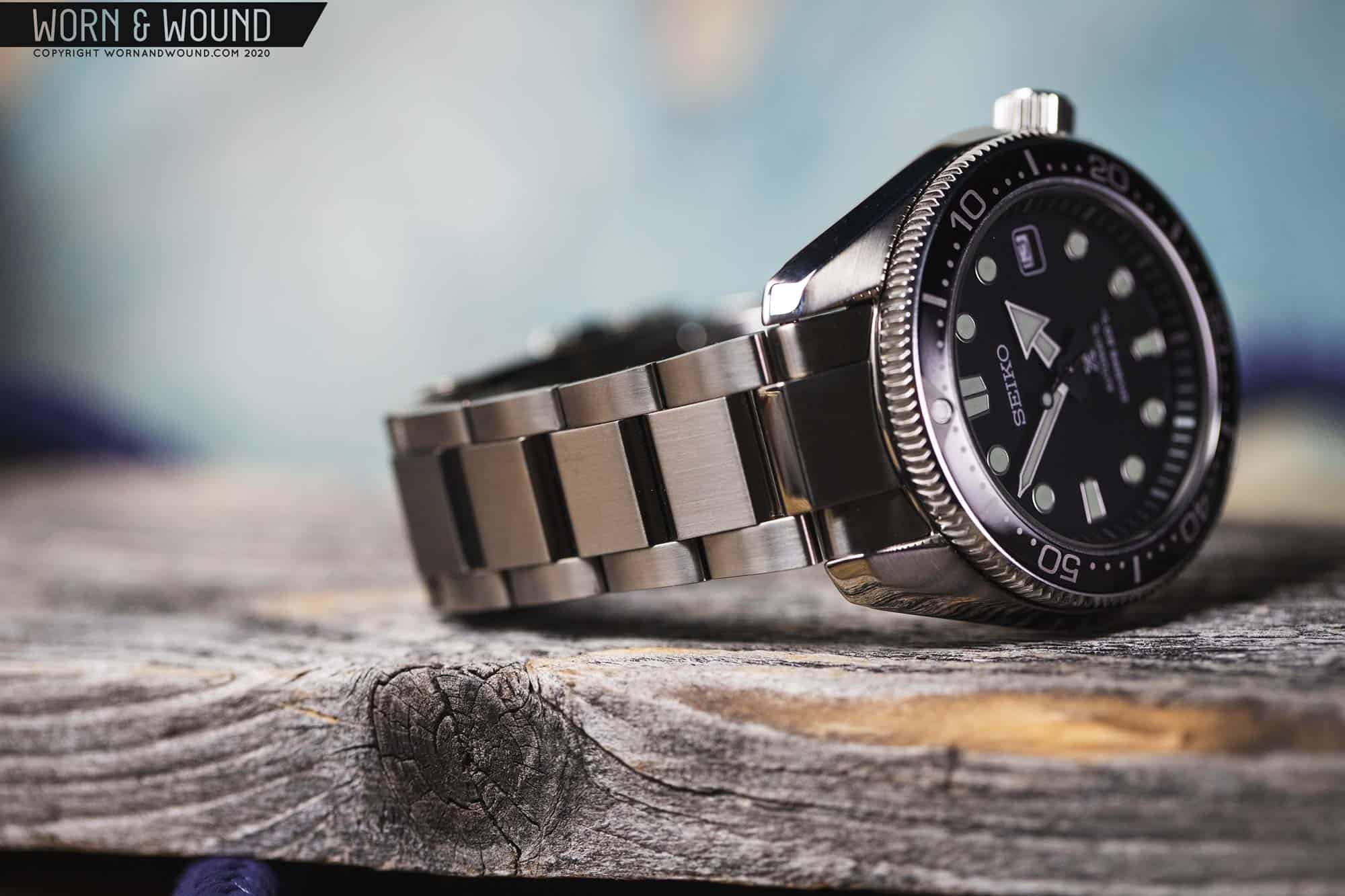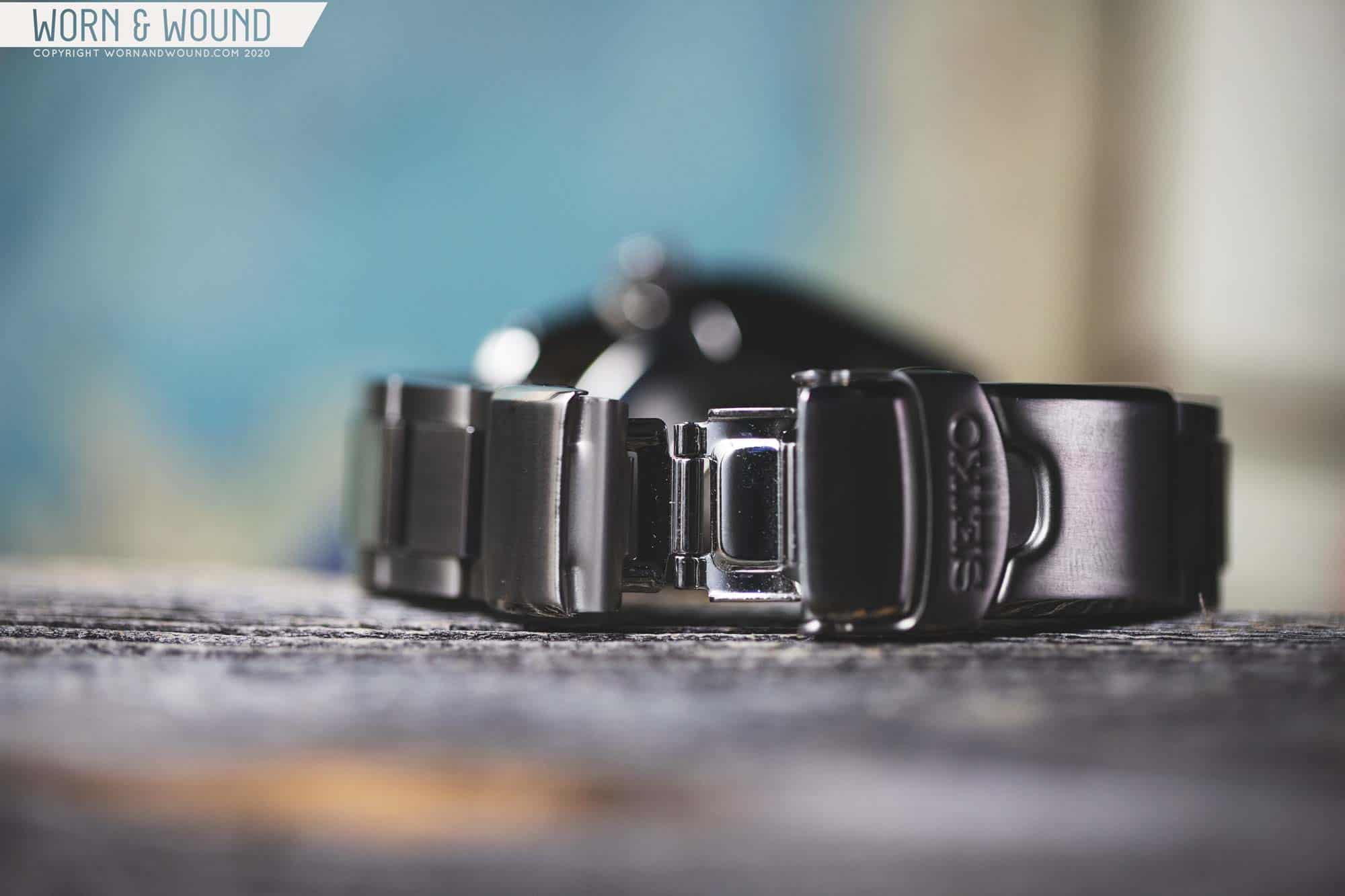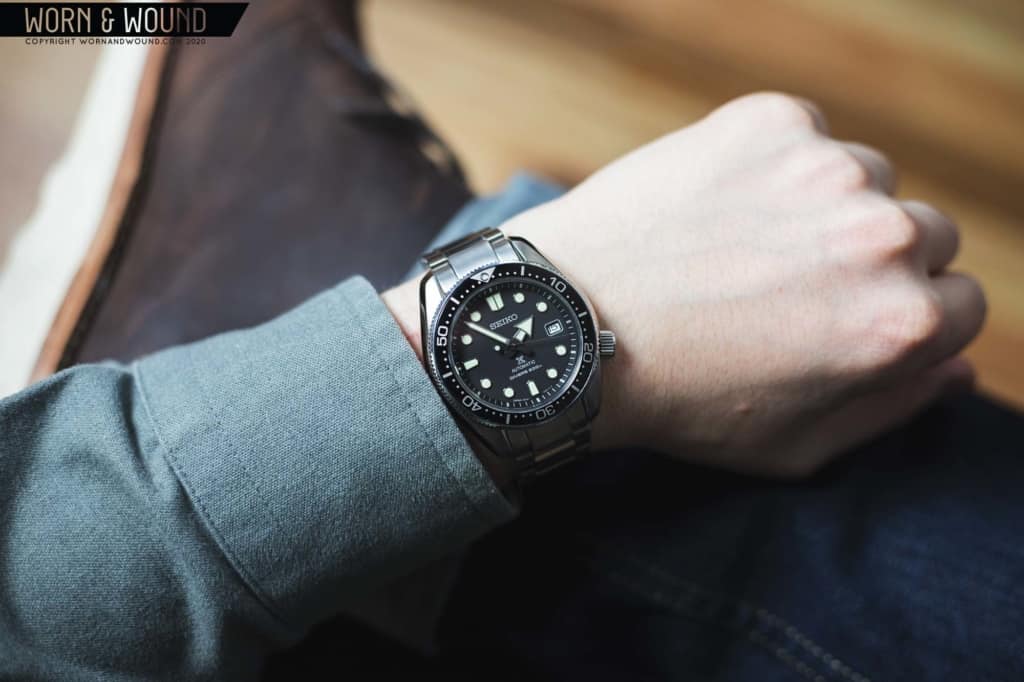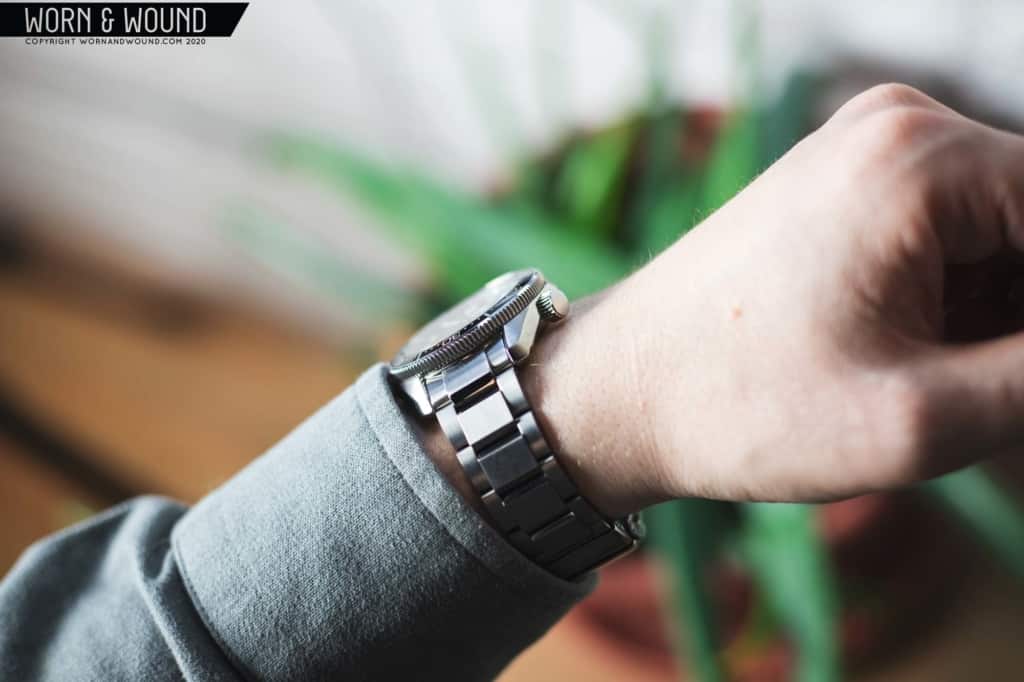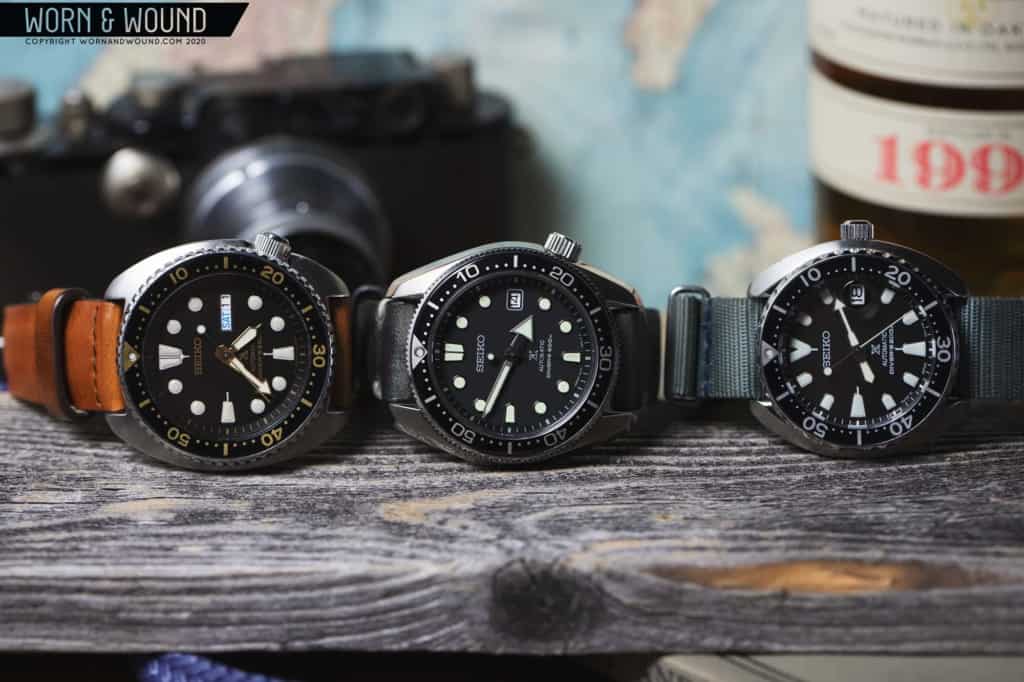Seiko is one of, if not the only brand with the ability for every new release to cause a stir in the enthusiast community. Whether it’s a new color of an existing watch or a whole new model, the reaction is immediate. Sure, not every watch they release is a universal hit, but each finds a niche, gets a nickname, or ends up getting some level of cult status. This is particularly true with their Prospex divers, which, since becoming available in the US, have been at the center of the Seiko hype train.
At Baselworld 2018, Seiko announced the SLA025, a high-priced, high-beat, limited edition re-interpretation of their iconic 6159 diver from 1968 for its 50th anniversary. Though not quite as well-known as other mid-century divers, the 6159 is very rare, goes for a mint, and has informed the design of many Seiko dive watches in the 50+ years since its debut. Namely, the MM300 Marinemaster, which sported a very similar case and dial.
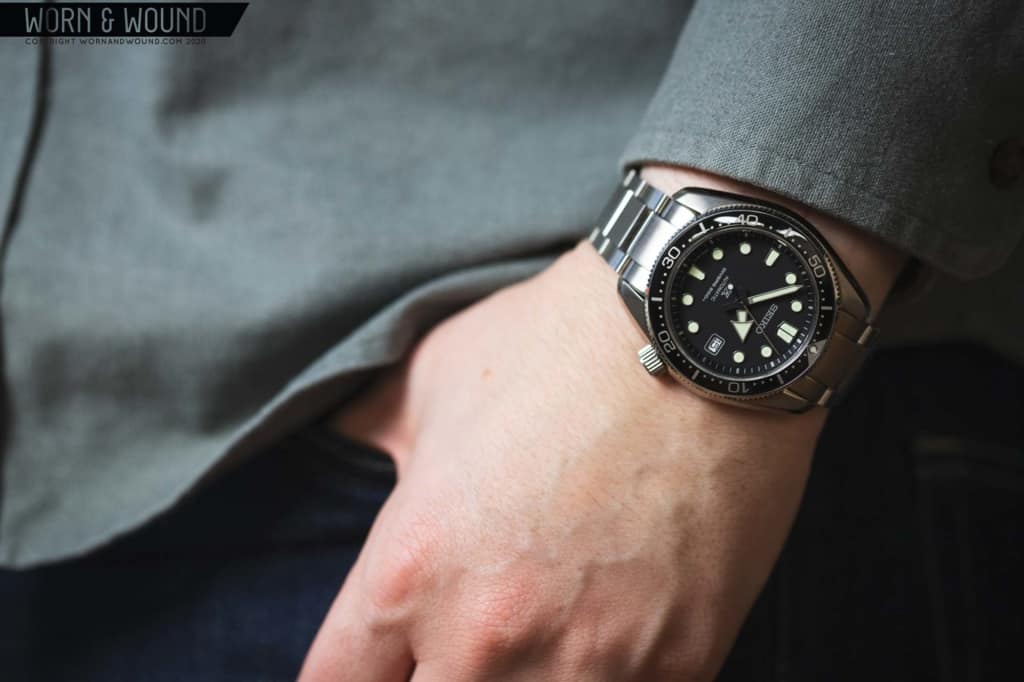
As was Seiko’s MO for a few years, when they’d release a limited edition recreation, they also would release a more affordable, open edition with a modernized aesthetic. These watches are often the true cult favorites, as value has always been at the core of Seiko’s charm. So, in 2018 alongside the SLA025 came the SPB077 and 075 loosely dubbed the MM200s. Featuring very similarly styled cases, these were the first time the 6159-esque aesthetic was made more obtainable.
As a fan of the MM300, I was very excited to see the SPB077. I’ve always loved that case design, with its broad lugs and wide bevels, but on the wrist, I felt it was too large for me. That and a price tag in the thousands always kept me from seriously considering picking one up. The SPB077 (077 from here on out) solved both of these issues. The case is still large, but thinner, making it more comfortable and arguably the easiest 44mm watch to wear ever. And the price tag was more tolerable at $1,050 (the 075 is $850, but it doesn’t include a bracelet).
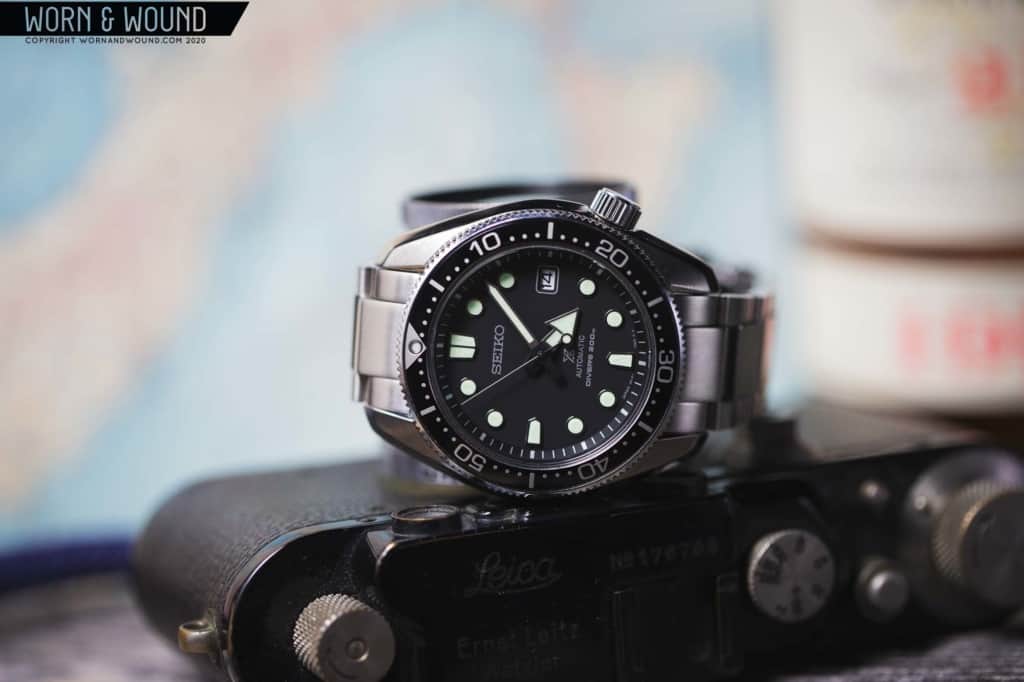
Long story short, I picked one up, and that’s the watch I’ll be reviewing today. I’ll warn you in advance though, while there are things I really love about this watch, there are also aspects I found disappointing. That’s normal, of course, as nothing is perfect, but the question that kept coming to my mind was whether or not the 077 at $1k was worth the premium over its less pricey Prospex siblings. Let’s find out.

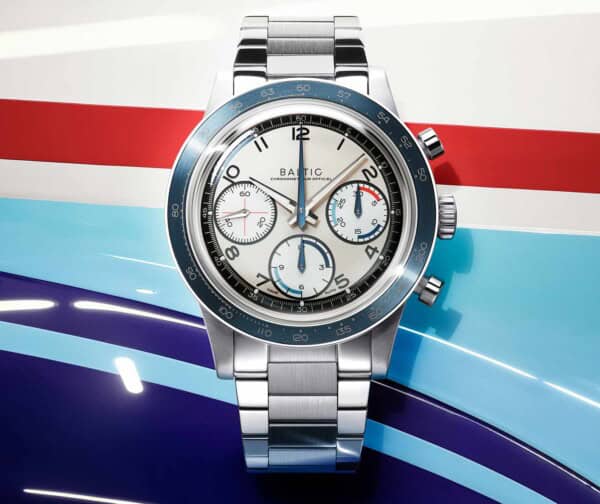







 Featured Videos
Featured Videos




